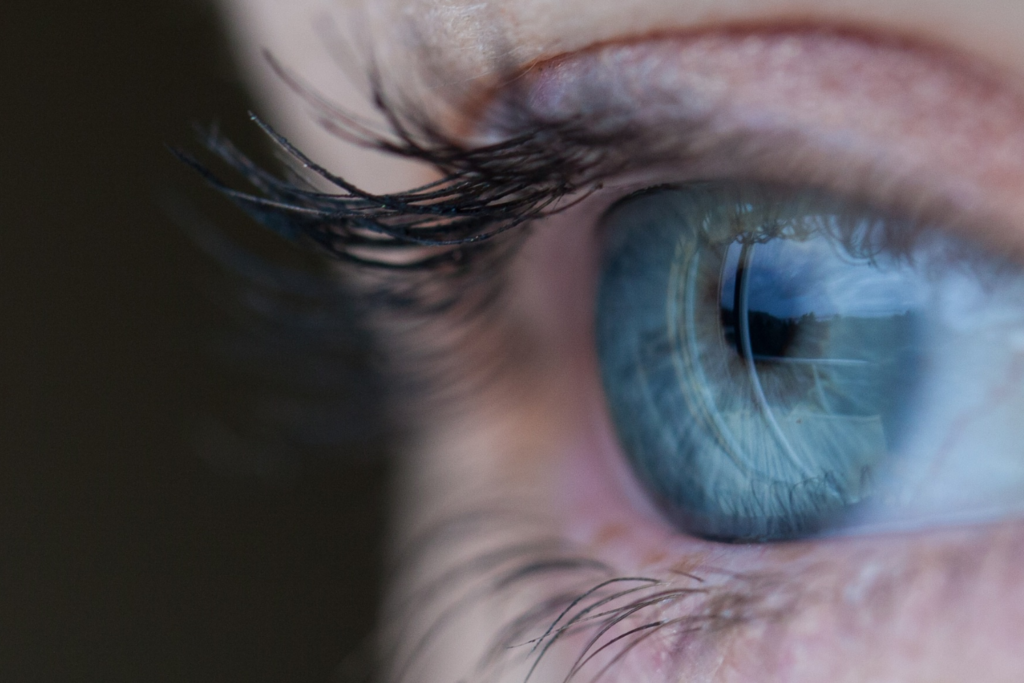According to the National Eye Institute (NEI), the number of cataract cases in the United States rose 20 percent (from 20.5 to 24.4 million) between 2000 and 2010. The NEI is expecting those rates to continue increasing and predict ~50 million cataract diagnoses by 2050.
Age-related cataracts are typically found in people over the age of 40. When the body ages, the eyes age as well. The lens of the eye is primarily composed of water and protein, but over time, proteins in the eye may start clumping together to form what we call “cataracts.
When a cataract is small, changes in vision are small and most of the time unnoticeable. As the cataract continues to grow, it diminishes the clarity of the lens. Changes to vision become more noticeable as they impact quality of life and the following symptoms become the norm:
 1. Cloudy or blurry vision. You may have noticed your ability to see things clearly has decreased over time. You may find yourself squinting or blinking more often to get better focus.
1. Cloudy or blurry vision. You may have noticed your ability to see things clearly has decreased over time. You may find yourself squinting or blinking more often to get better focus.
2. Double vision in a single eye. You may have noticed that you’re seeing double, but only in one eye.
3. Dim vision. You may have noticed you need brighter light when doing indoor activities, especially reading.
4. Increased difficulty with night vision. You may have noticed that you have more trouble driving at night than you did before.
5. Increased sensitivity to bright light. You may have noticed that you squint when experiencing minor dark-to-bright light changes or you shield your eyes when stepping outside, even when it doesn’t seem that sunny out.
6. Seeing halos around lights. You may have noticed glowing halos around lamps or headlights and glares from the sun bother you more than before.
7. Fading or yellowing of colors. You may have noticed that colors don’t look fresh anymore. Instead, they look faded, dingy, and yellowed. You may have also noticed that you have trouble differentiating between colors in the same family. For example, blues and purples may look very similar. You may match a black sock with a navy sock and not see the difference.
8. Frequent changes in eyeglasses and contact lens prescriptions. You may have found yourself needing to update your eyeglasses or contact lens prescriptions more often because your vision keeps worsening.
If you are over the age of 40 and are experiencing any of the symptoms above, you should make an appointment with your ophthalmologist to have your eyes checked for cataracts.
It’s important to note that cataracts may develop a part from the eye’s aging process. For example, sometimes a cataract forms after an eye injury that happened years prior. Be sure to schedule an appointment with your ophthalmologist after any eye-related injury or if you experience eye pain or changes to vision for an unknown reason. The quicker the problem is addressed, the more effective your recommended eye treatment plan will be.
Don’t have an ophthalmologist yet? Read Tips to Finding a Good Eye Doctor Near Me to get started or visit our website to meet our doctors here at Baptist Eye Surgeons!





